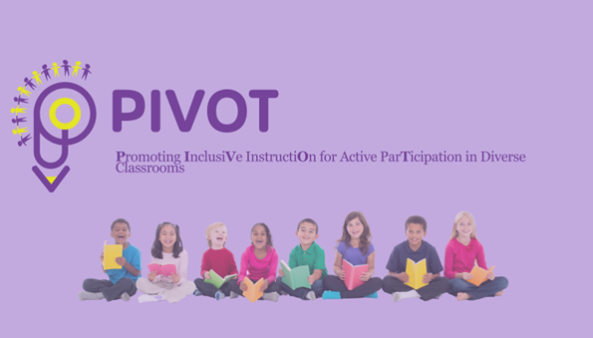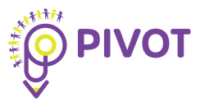
Transforming General Education Classrooms into Inclusive Ones: Using Effective Teaching Practices and Wordless Texts in the PIVOT Project
Introduction:
Traditional instructional methods often reinforce passive learning dynamics and fail to address students' diverse learning needs. In response, the PIVOT project, part of the Erasmus+ initiative, aims to revolutionise classroom instruction through the use of high-leverage teaching practices and the application of wordless texts. This article presents the impact of evidence-based inclusive practices along with the potential of wordless texts and outlines the objectives and initiatives of the PIVOT project.
The Problem with Traditional Learning Texts:
Traditional teaching methods often perpetuate passive learning dynamics, where students merely receive information rather than respond actively during the instructional learning process. This approach can reinforce unequal power dynamics between teachers and students, contributing to a lack of agency and engagement among learners. Moreover, traditional education systems may fail to adequately address the diverse needs of students, including those from low socio-economic backgrounds and culturally and linguistically diverse communities. Limited access to resources and support further exacerbates these disparities, hindering equitable educational opportunities for all students. Additionally, traditional approaches to literacy development may overlook the importance of fostering critical thinking skills and creative expression.
What are High-Leverage Teaching Practices in Inclusive Classrooms?
High-leverage teaching practices are 22 empirically-based strategies intended to support the learning of all students and in particularly students with disabilities. The selected practices are implemented frequently in the general education classrooms and have shown to produce positive outcomes for students with diverse learning needs, if implemented correctly. In the PIVOT project, the research team has focused on four evidence-based practices (explicit instruction, specific positive feedback, active student responding, peer-mediated instruction). More information about the inclusion of the four practices is included in the next blog post.
What are Wordless Texts?
Wordless texts, as the name suggests, are narrative works devoid of written text, relying solely on visual storytelling to convey stories and ideas. Wordless texts may include videos or books that depict illustrations, drawings, and pictograms to create a narrative sequence, allowing audience to interpret and construct the storyline through visual cues alone. By removing the reliance on written language, wordless texts offer a universal medium for storytelling that transcends linguistic barriers, making them accessible to readers of all ages, academic abilities, and language backgrounds.
The PIVOT Project:
Over the course of 28 months, the PIVOT project aims to develop an innovative curriculum program using effective teaching practices and wordless texts to address student disparities in inclusive primary classrooms.
The PIVOT consortium, comprised of five partners from four different countries, specifically Cyprus, Greece, Austria, and Romania, has been diligently working since the project began in January on its first deliverable, which is focused on theoretical development and needs analysis as the foundation of the project’s further activities.
Objectives:
The overarching goals of the project are:
- To address the academic and social barriers faced by students with diverse academic needs (e.g., disabilities, low socio-economic family background, culturally and linguistically diverse background) during classroom instruction.
- To build both inclusive learning environments conducive to learning and equal active participation of all students by designing and implementing a comprehensive academic curriculum program.
- To support classroom teachers address students’ diverse needs through extensive professional development training for acquiring instructional knowledge on wordless texts and inclusive teaching practices.
What We Will Develop:
1. A cross-national report on teacher needs around wordless texts and inclusive teaching practices.
2. A program implementation guide containing instructional materials and teacher professional development and coaching training plan.
3. An administration guide of the PIVOT assessment and policy guidelines tailored to educational stakeholders.
Conclusion:
The PIVOT project is set to revolutionise education by applying empirically-based inclusive practices in general education classrooms and incorporating the innovative wordless texts tool. Through collaborative efforts, this initiative aims to break down barriers to learning and create equitable opportunities for all students. By embracing inclusivity and empowerment, the project embodies the essence of education as a catalyst for curiosity, critical thinking, and creativity. As we embark on this transformative journey, let us embrace the spirit of collaboration and determination, pivoting towards a future where education knows no bounds, and every student has the opportunity to flourish.
